Hello, and welcome to Newsletter No 35 here on Substack! Thank you for stopping by. If you are already subscribed - THANK YOU! Seeing thousands of you read my newsletters each month means the world to me! And if you are not yet a subscriber, hit the link below if you are interested in recipes as well as tips and tricks to make the most of our increasingly eclectic pantries and a good dose of my at times random musings about all things food!
❤️ Did you know that if you hit the HEART at the top or bottom of this post, it makes it easier for people to find this newsletter? (And also puts huge smile on my face!)
We have had to postpone our own summer holidays this year as I am currently stuck on the sofa on sick leave for the next few weeks. Which sucks in many ways. But I guess in part thanks to global warming we should hopefully still be able to get our share of sunshine and some time on a beach this year, even if a little later than planned.
In the meantime, and as friends and family are leaving for both far flung places and places closer to home, I started thinking about one of the things I most enjoy about travelling. Which is exploring local markets, trying new ingredients and flavours and, even better, bringing some of that home in my suitcase to extend that holiday feeling. With that in mind, below you will find my highly subjective list of edible souvenirs you should seek out if your summer holiday this year takes you to one of the following: France, Greece, Italy, Morocco, Spain or Turkey. And today’s post is a long one so it may appear truncated in your inbox - simple click View entire message at the bottom of your email to read the remainder!
I have focussed on pantry staples but local regulations for your final destination permitting, you should by all means also stuff your suitcase with any delicious local cheeses and charcuterie and anything else that is perishable and that will survive the journey home. And yes, thanks to globalisation, many if not all of these items can probably be obtained wherever you are but you will no doubt find better prices (and often better quality) when you buy locally, plus it never hurts to support the local economy directly when you travel!
As always, if you are unsure of where to go and buy things, ask your cab driver, the hotel staff, any tour guide you come in contact with etc. I also recommend doing food-focussed walking tours like the ones offered by Culinary Backstreets. My friend Verena and I did a Bazaar Quarter tour in Istanbul a few years ago and it showed us parts of the city we would never have visited on our own. But more importantly, we got to try a huge range of delicious dishes and ask our tour guide exactly where to go to stock up on great Turkish products to bring home.
What is your favourite edible souvenir to bring back from holidays? Is there anything missing from the lists below that you consider must-haves? Let me know in the comments below.
France
As a child, most of our summer holidays were spent in France. First in Brittany and later on further South along the Atlantic coast near Biarritz and Bordeaux. We would typically rent a house in the same village as some family friends and would make the long trip over from Germany by car, with an overnight stay in a hotel somewhere half way. While we had a decently sized van, we would nonetheless take a trailer. Allegedly for the various bikes and surfboards that would accompany us on our annual migration South. Looking back, it seems just as plausible that the whole purpose of travelling with a trailer was to have extra room to stash all the delicious food and wine we would inevitably bring back to Germany.
For my parents, that list invariably included lots of French red wine, 1l jars of Amora dijon mustard, small tubs of fleur de sel (far cheaper in France than back home in Germany) and little jars of fiery piment d’espelette (all of which I am a fan of stocking up on as well).
In my case, I also try to stock up on the following whenever I travel to France:
crème de marrons de l’Ardèche (i.e. chestnut jam) - delicious eaten with thick Greek yoghurt or dolloped on ice cream but also handy for desserts such as Mont Blanc tarts. While available outside of France as well, I find you get more choice and better prices in France
Same goes for little jars of caramel au beurre salé (salted caramel)
farine de blé noir (buckwheat flour) - sure, these days you can easily find buckwheat flour in most healthfood stores and even supermarkets, but there is something about the cute retro package design of buckwheat flour in France that makes me want to stock up and plan to make all the buckwheat galettes on my return home
buckwheat honey - with an earthy flavour with hints of molasses, buckwheat honey is a bold choice when it comes to honey but I adore it on good sourdough bread or baguette with lots of salted butter
And if you happen to come across some, you could do worse than pick up a few jars of Christine Ferber jam. While I lovingly refer to my paternal grandmother as the queen of jams (largely due to how much jam she single-handedly made year after year), the real queen of jam is Christine Ferber. All of her jams are produced in her small village in Alsace and made using only freshly grown fruits - but an incredible variety at that (when it comes to citrus alone you will find marmalade made from oranges, lemons, limes, kumquats, mandarines etc.). And once you open a jar you will quickly understand why her jams are so famous
bags of prunes d’Agen - these aren’t just any dried prune plums, but dried prune plums with their own protected origin identification and they are considered the best of their kind. Delicious on their own or dipped into dark chocolate, they also make a fine simple dessert poached in earl grey tea and dolloped over some Greek yoghurt. Or you could of course soak them in water and make my Prune & Chinese Five Spice Sticky Toffee Pudding with Miso Butterscotch Sauce.
Greece
A long time ago I had a Greek boyfriend and the relationship lasted just about long enough for me to visit Greece for the first time. While I spent the majority of my first trip trying all the Tiropitas (cheese pies) and Melomakarona (syrup-drenched spiced walnut cookies) I could get my hands on, next time I go back, I already know what I will want to stock up on:
Greece might not be the first place you think of when it comes to spices but it certainly is a good place to buy spices specific to Greek cuisine. In particular, Mahleb and Mastic - both of which are used in Greece’s famous festive bread Tsoureki and the latter of which is traditionally produced on one Greek island only (Chios)
While my first trip to Greece was in January, there were a few sunny days with temperatures reaching the high teens that allowed us to enjoy some Freddo Cappuccino on sunny terraces. But while we were in Patras there was a cold snap so severe I saw snow hit the Mediterranean sea for the first time in my life. Truly a side to behold - there was such a stark temperature contrast between the snow and the surface of the sea that steam kept raising from the surface of the water. So there were many more days where we chose steaming mugs of tea over ice cold coffee. And as part of that I discovered this delicious Saffron Tea which I now always stock up on whenever I see it
Greece also produces excellent honey (which goes so well with thick Greek yoghurt) so it’s worth buying some when you come across it. Similarly, Greece, like a number of other Meditarranean countries produces what in English is typically called “spoon fruits” - something that is more syrupy and not as set as jam or marmalade but equally more than cooked fruit in syrup. In short, it is delicious. My favourite types include green walnuts with cloves, quince and cherries.
Italy
I spent most of my 20s travelling back and forth between the UK and Italy before eventually moving to Rome for a couple of years. Even after I eventually moved to Belgium, I was lucky enough to continue visiting Italy on a regular basis - to see friends, to attend weddings or for work.
Every time I go to Italy, I have a mental shopping list of things to bring back with me - pantry staples that are either cheaper if bought in Italy or, if I am lucky both cheaper and of better quality. This list includes:
candied orange and lemon halves, nuts (especially pistachios, pinenuts, walnuts and hazelnuts) for future baking projects
fiori di sicilia essential oils - it is what gives pandoro and panettone their delicious flavour
as many bags as I dare carry of Mulino Marino flour (I discovered this flour when I started baking pizza following Gabriele Bonci’s recipes and it is my favourite flour to bake with)
dried beans and lentils (in particular ones you are less likely to find outside of Italy like cicerchie - known as chicklings or fava chickpeas - an ancient type of pea)
dried porcini mushrooms and other dried mushrooms (to make Ottolenghi’s Spicy Mushroom Lasagne for example)
polenta (especially polenta di taragna which is mixed with ground buckwheat) and risotto rice
small bottles of garum (even if only to remind yourself that fish sauce is a thing in Europe too and not just in South East Asia - plus it is a great flavour booster)
small bottles of aged balsamic vinegar - delicious poured over raspberry ice cream or served with some nicely aged parmigiano
And, if you are travelling by car, then it’s probably also a good idea to stock up on some delicious Italian wine, especially wine from grape varieties that are a little less common outside of Italy like Fiano, Falanghina and Arneis when it comes to white wine, or Freisa and Aglianico when it comes to red, just to give a handful of examples. If you are travelling by car you might also want to seek out some local olive oil producers and, should you like their oil, stock up on some canisters of their oil
And, depending on where in Italy I am and what season it is, I also like to stash a few fig leaves in my suitcase for future baking projects (like last week’s Fig Leaf Frangipane Bostock).
Morocco
When it comes to souvenir shopping in Morocco, most people think of leather goods, rugs, earthenware Tagine dishes, silver jewellery or maybe things made out of Thuya wood. But you should not stop there - there are plenty of delicious edible souvenirs to be found in Morocco’s many Souks. Below is what I brought back from my first trip to Morocco:
Argan oil is produced from the kernels of the Argan tree which is unique to Morocco and Algeria. If you like its uniquely nutty flavour you might as well buy some directly from the source
And if you like Argan oil then you might as well pick up a few jars of Amlou. This is basically almond butter on steroids - mixed with Argan oil and honey and super delicious. Commonly served for breakfast or tea with bread, pastries or pancakes, I like eating it the same way I enjoy eating other kinds of nut butters - with porridge, chia seed pudding, on bread or with sliced apples or pears to dip into
Spices - especially Ras el hanout, but also saffron, turmeric and cumin and anything else you fancy stocking up on. Spice shops often will also offer their own harissa pastes, tubs of preserved lemons and small bottles orange blossom and rose water
Morocco is also a great place to stock up on nuts and dried fruit, in particular all kinds of plump dates, one more delicious than the next.
Spain
Judging by my last visit to Barcelona’s airport after a short course at Barcelona’s School of Economics, the main edible souvenir folks will bring back from Spain is still Jamón Iberico de Bellota - one of the finest hams in the world made from acorn-fed free-range Ibérico pigs. But there many other delicious things you can buy on your next trip to Spain:
Spain is a great place to stock up on spices, in particular saffron but also paprika - both sweet paprika and smoked paprika
And while you are at it, you might also want to stock up on some Paella rice, i.e. arroz bomba - a type of short grain rice cultivated in the Eastern part of Spain and the rice typically used in Paella and other Valencian rice dishes
I have a bit of a weekspot for Tortas de aceite (I am partial to the Inês Rosales brand) - thin, light, crispy and flaky biscuits made with olive oil and typically baked with some anise seeds scattered on top (although other flavours exist). You can of course make them at home (here is a recipe should you be so inclined) but they are a bit of a labour of love. The dough has to be rolled so thin so as to be almost translucent, given their size you won’t be able to fit all that many on a single baking sheet and given how thin they are it’s easy to overcook them. So I prefer to stock up when I see them and the cheapest place to do is still Spain itself
Spain is also the place to stock up on Marcona almonds. If you have not tried these yet you are in for a treat - flatter and rounder than other types of almond, Marcona almonds are particularly plump and creamy and outstanding when toasted and salted
Nougat, a sweet confection typically made of honey, sugar, and egg white and often containing different kinds of toasted nuts and seeds is eaten and produced all across the Mediterranean. However, Spain, with its Turrón has taken things one step further and produces an incredible variety of different kinds of nougat. You get both soft and chewy and hard and brittle versions, filled with different kinds of nuts and seeds, with cookies, with cheese, with chocolate. You even get a toasted egg yolk Turrón, although if you ask me, is an entirely different confection. Either way, Turrón is delicious and a great souvenir to bring back home and share with friends and colleagues.
Turkey
I consider Turkish cuisine to be one of the most underrated cuisines in the world and I have been lucky to have travelled to Turkey multiple times for both work and pleasure which has given me ample opportunity to try Turkish food from different regions. It also means I have running list of things I try and stock up on when I go back. Most if not all of these you can easily find in small Turkish supermarket or even a local neighbourhood market:
Antep pistachios are considered to be some of the best pistachios in the world and are no doubt what makes Turkey pistachio baklava so delicious. I love baking with pistachios but their price can be prohibitive. The weak Lira makes it a no brainer to stock up on pistachios anytime I am in Turkey
Fistikella (from Fistik, meaning pistachio in Turkish) is Turkey’s answer to Nutella. Made from pistachios and sugar and nothing else it is by far the tastiest pistachio spread I have ever come across. Run, don’t walk, if you find some.
Turkey is also a great place to stock up on spices - especially those used in Turkish cooking - I try and stock up on things like Mahleb (whole kernels as well as ground). Aleppo and Isot Chili flakes and any other spices I am running low on
Some claim that Tahini mixed with grape molasses was the original peanut butter & jelly. True or not, it is a delicious combination. Provided your luggage allowance permits it, I can highly recommend squeezing some jars of Tahini and grape molasses into your suitcase for future breakfasts
If you have ever been to Turkey during the winter months, you will no doubt have enjoyed multiple glasses of freshly squeezed pomegranate juice. So it should come as no surprise that Turkey is also a major producer of pomegranate molasses - it is a key ingredient in one of my favourite Turkish dishes Ezme (halfway between a dip and a spoon salad) and, in a pinch, also makes for a refreshing drink mixed with some sparkling water.
Turkey is of course also a major producer of coffee and tea so you could do worse than stock up on both on your next trip.
I will be back with a new recipe next week. In the meantime, enjoy the remainder of your summer and soak up all that sunshine before the days start getting shorter again.




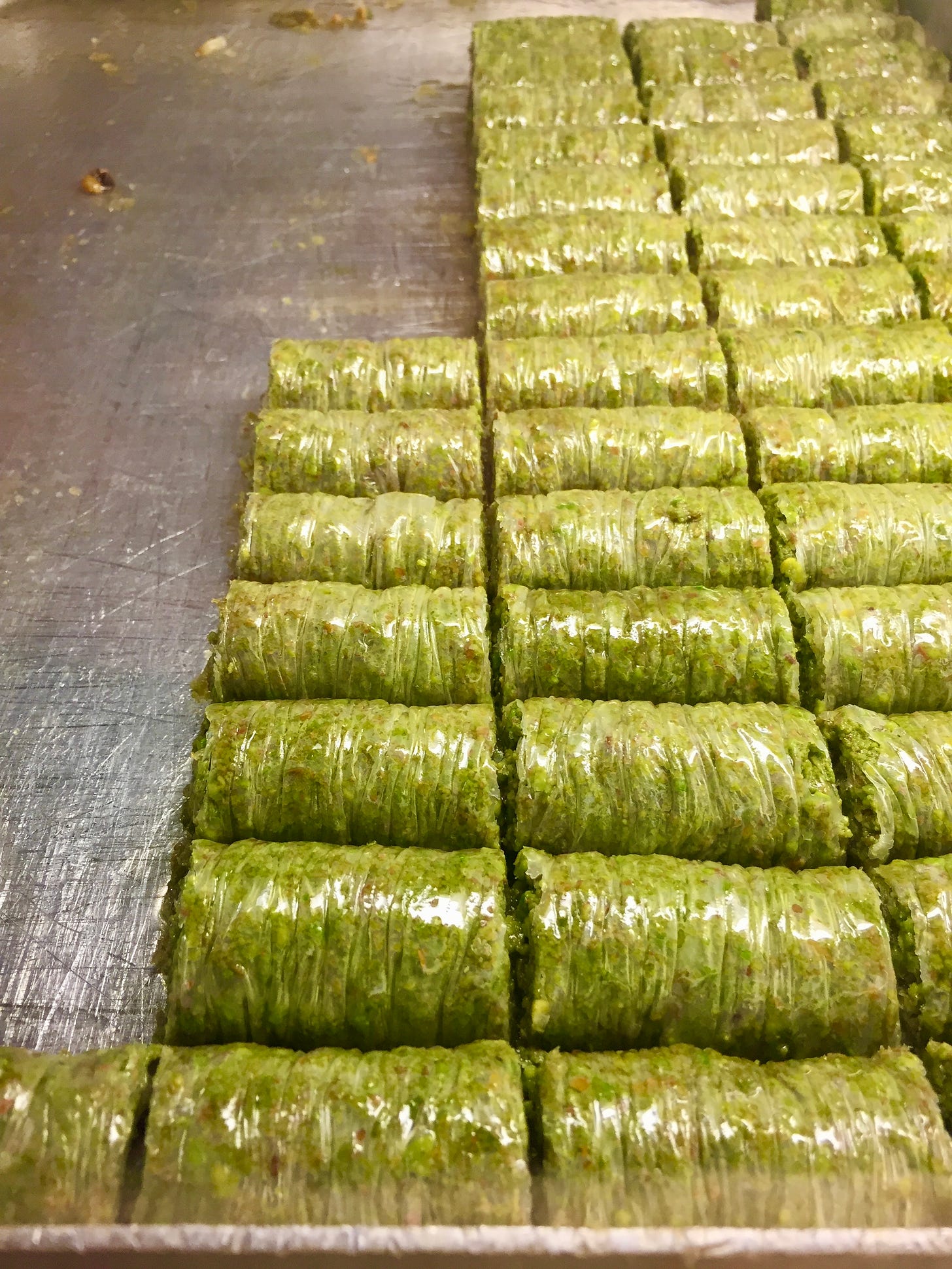
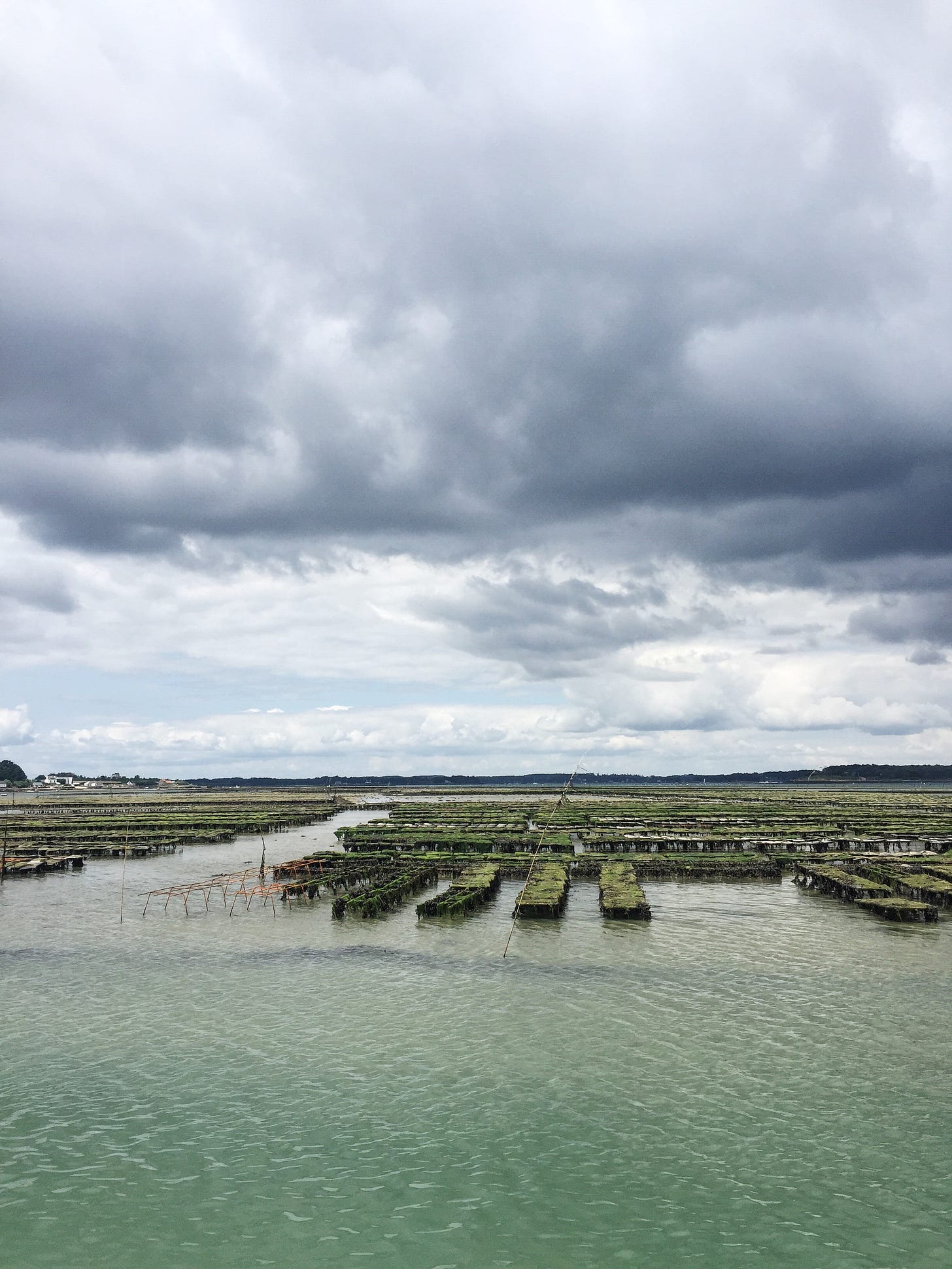
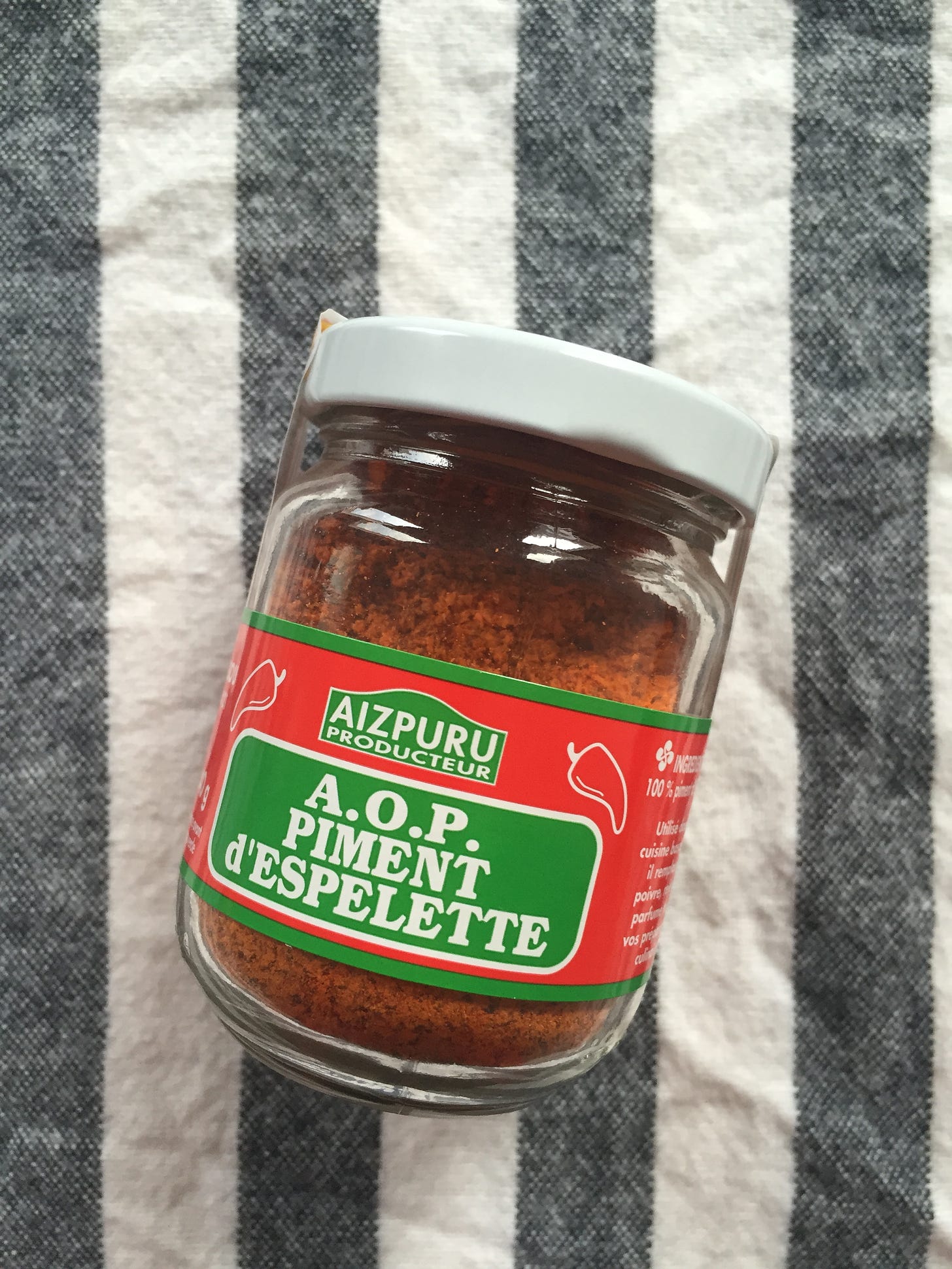
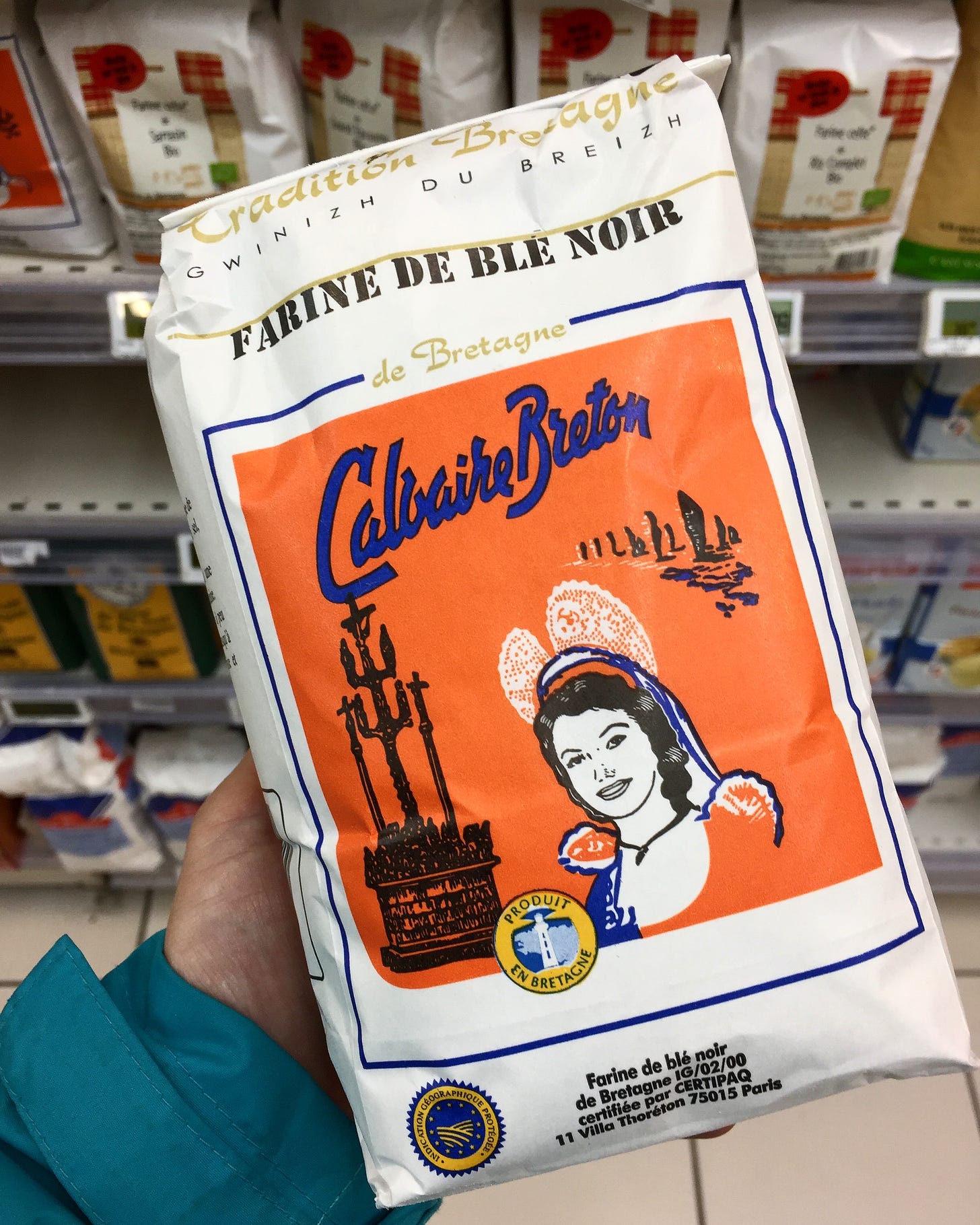
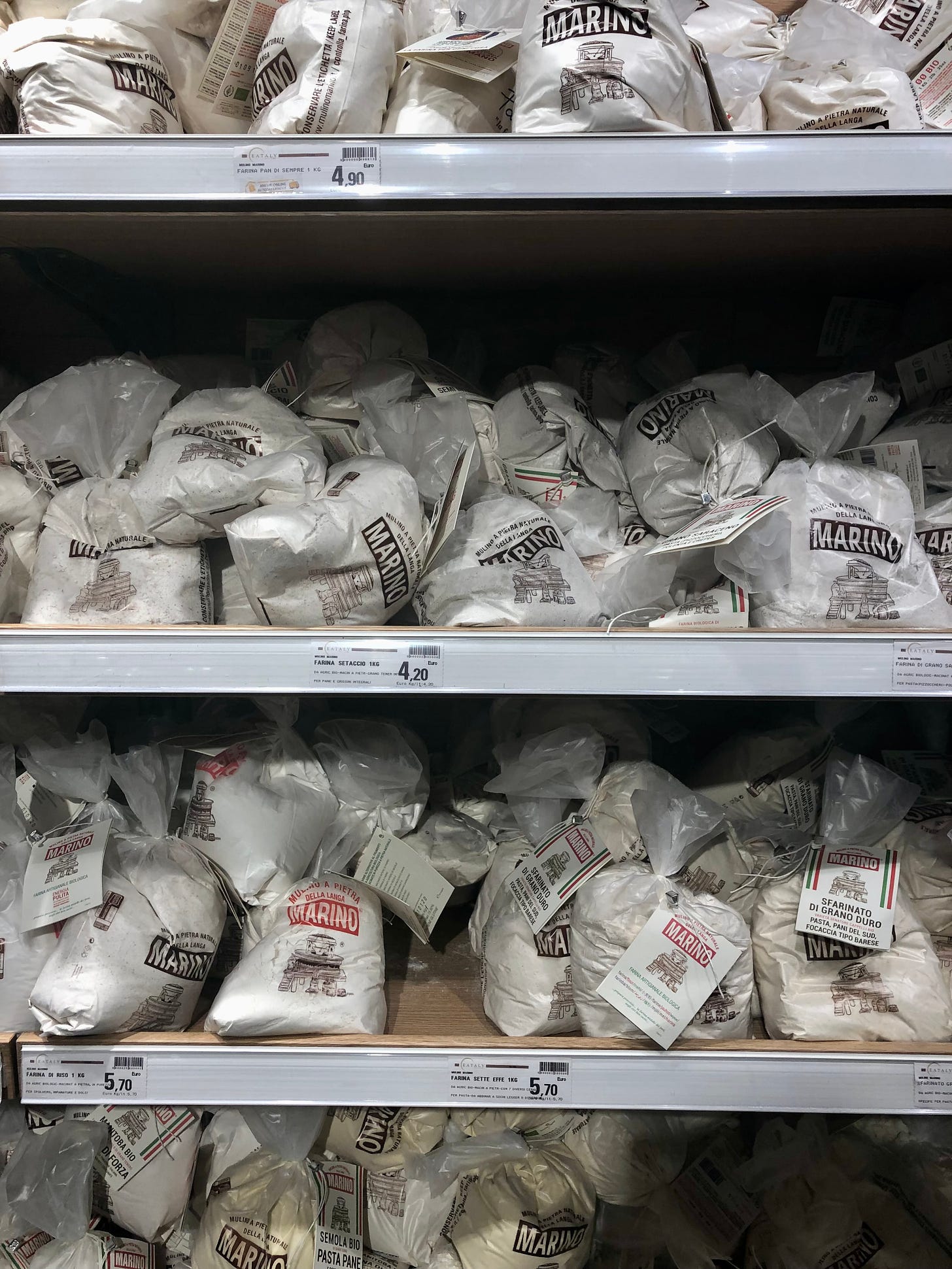
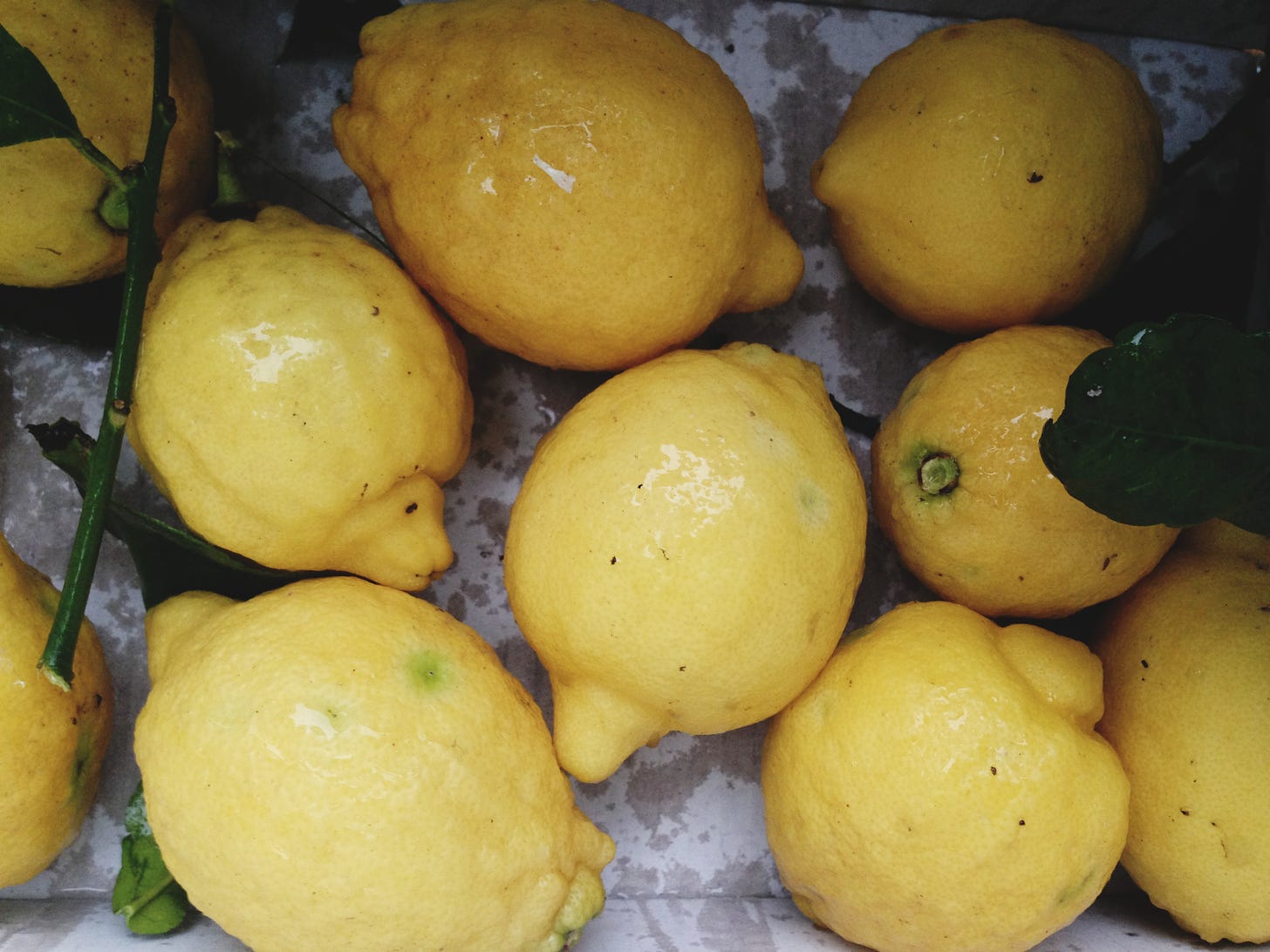
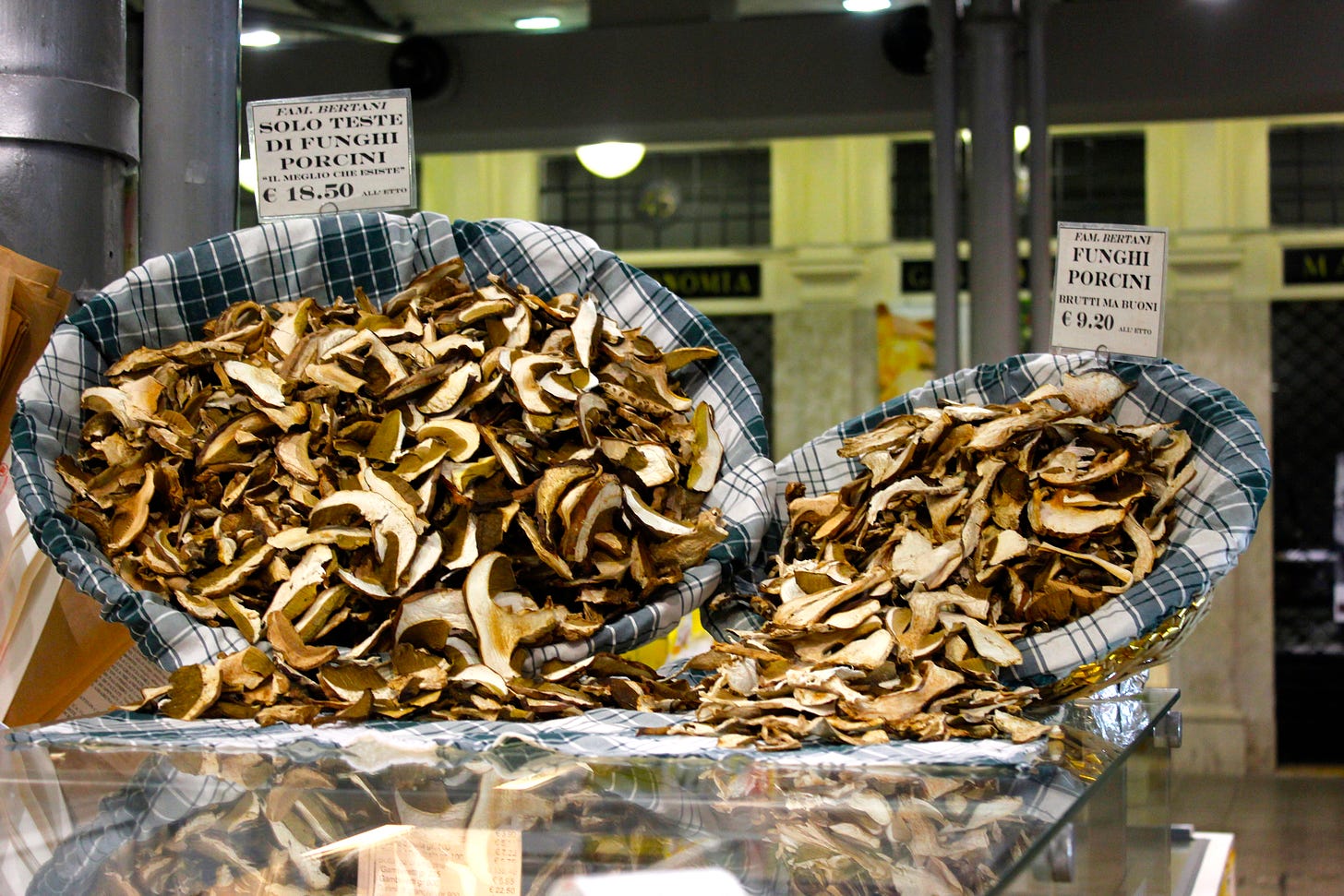

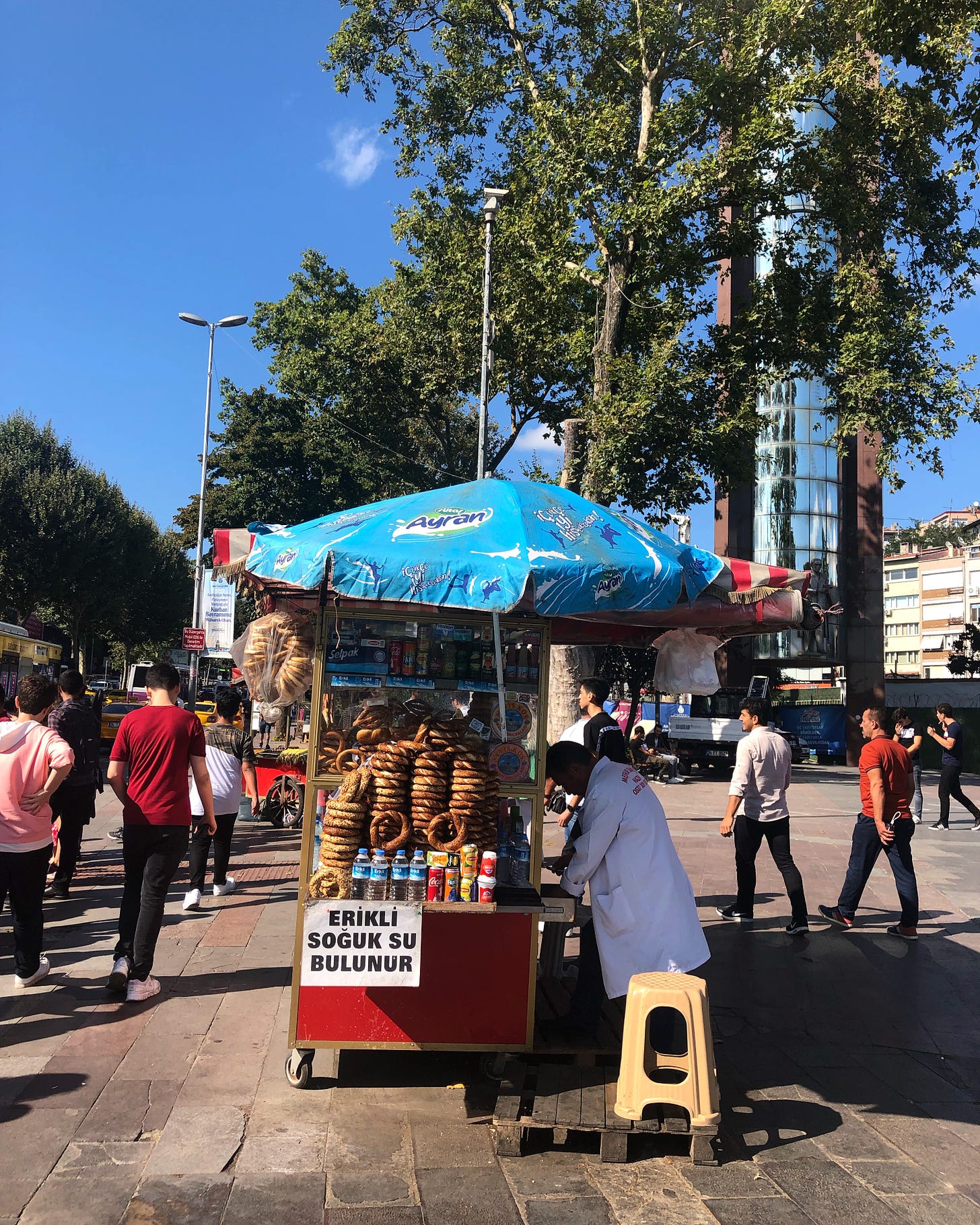
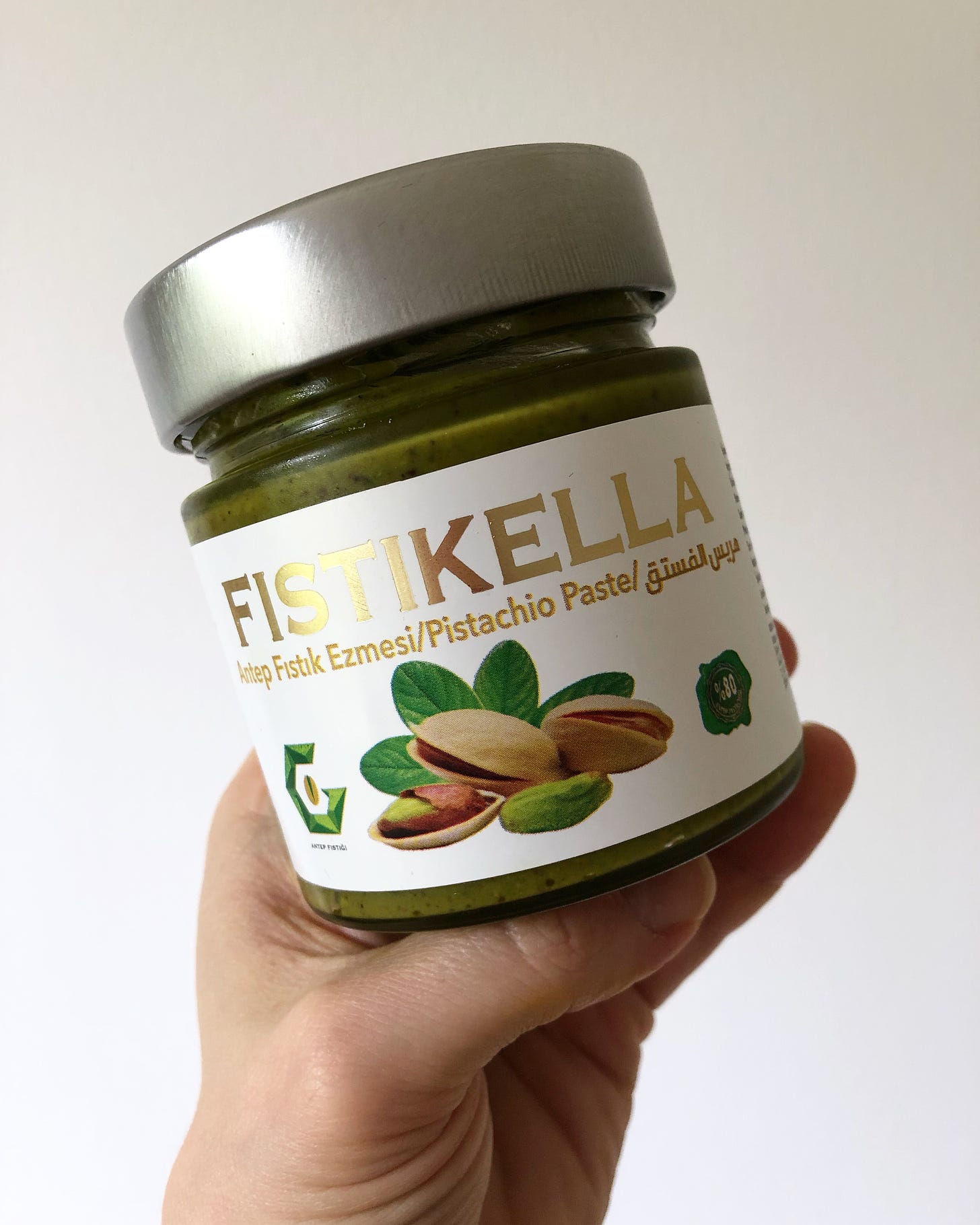
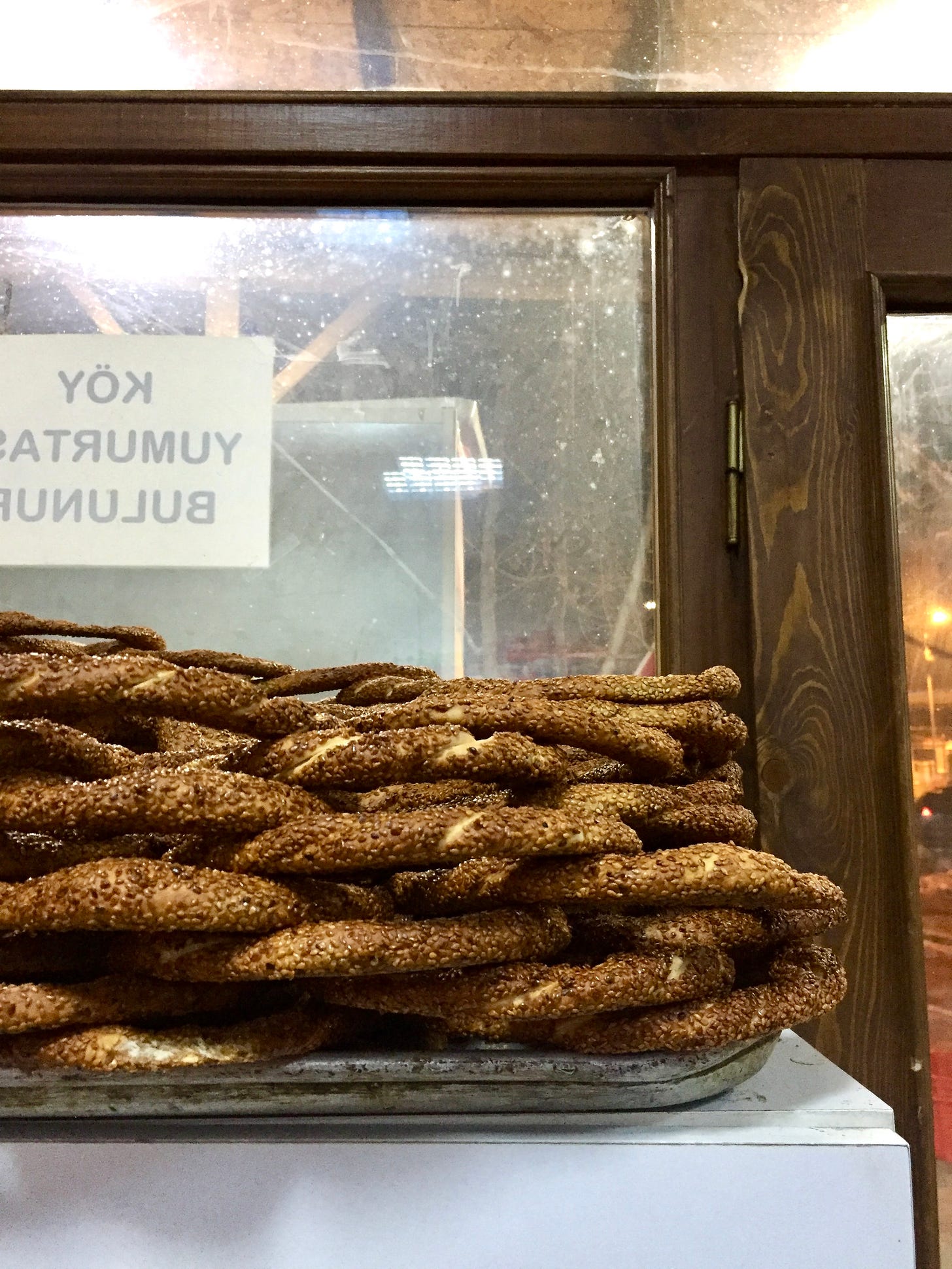
What a lovely post! My favourite thing to bring back from holiday are local flours, especially a rye flour any time I visit family in Sweden. Seabuckthorn jam is also a must for me if it's available!
This is elif from İstanbul :) and I learned this pistachio paste from you , thank you 🙏